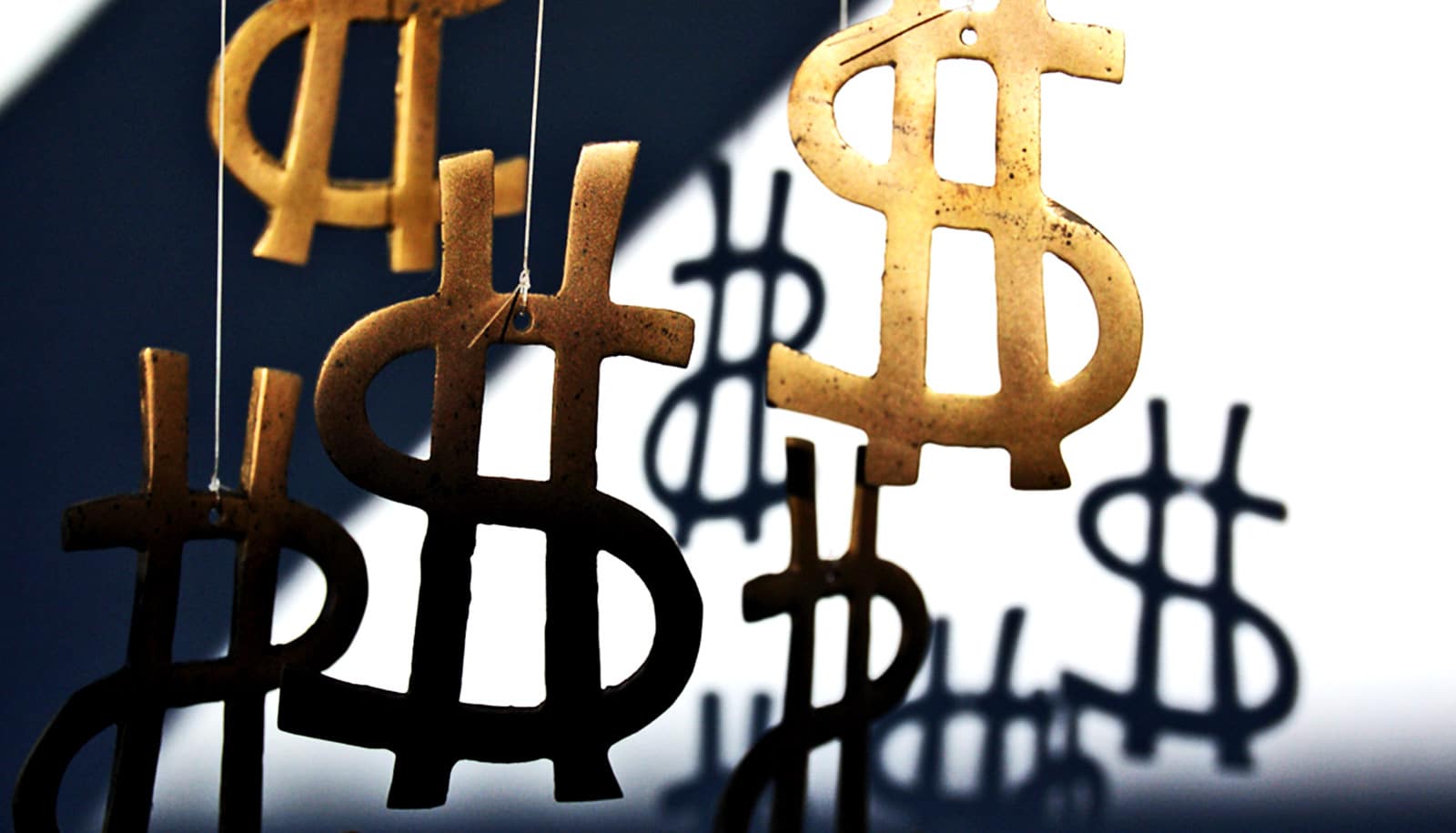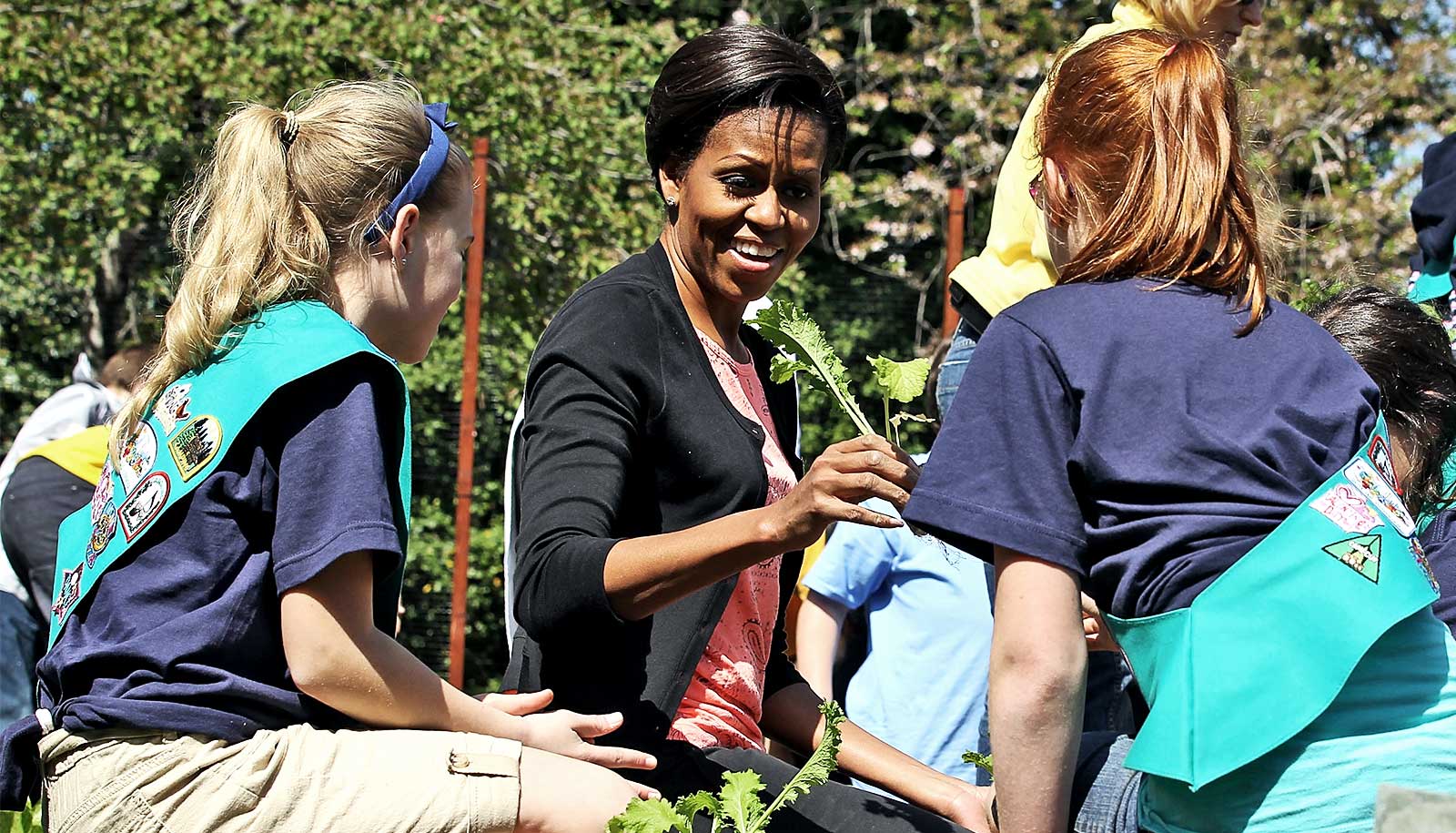Political polarization is not only getting more intense, but also pulling in other differences of opinion, a study suggests.
In the study of data from a national opinion survey, Daniel DellaPosta, assistant professor of sociology and social data analytics, says that opinions on many seemingly unconnected political issues—and even non-political issues—have become increasingly correlated ideologically.
As an example of this division, DellaPosta says that, in the past, people could have disagreed on abortion rights, but they may have still agreed on gun control or tax rates. Now agreement on those unconnected issues have become more tightly bound with the person’s ideology.
“You may have heard politicians referring to ‘latte-drinking liberals,’ for example…”
“This study represents a different structural element of polarization, which is how different opinions and beliefs are related to one another in the population at large,” says DellaPosta.” This builds on a long line of work, often called opinion alignment.”
More troubling, adds DellaPosta, who is also an affiliate of the Institute for Computational and Data Sciences (ICDS), there is a drop in opinions that people from opposing groups could agree on—often referred to as cross-cutting alignments—which may mean there is less room for compromise and agreement.
“People who have studied polarization in the past have often concluded that polarization has increased in some ways, but it is not occurring in the opinions in the population as a whole—and that’s been a somewhat comforting thought,” says DellaPosta. “In a sense, this study provides a less hopeful conclusion because it suggests that it’s not just that, for example, political parties have become more extreme, but that polarization has happened in the population itself.”
According to DellaPosta, the results may show that there is a widening gap in political divisions.
“Political divisions have become broader and it seems that these divisions have come to incorporate much more and include opinions that were once not involved,” says DellaPosta.
DellaPosta, who reports his findings in the journal American Sociological Review, compares the difference between the increase in the average political opinion alignment and the broadening of social, cultural, and political alignments as the difference between a fence and an oil spill.
“I think of that average opinion alignment as a fence—the divisions are there, but they’re not moving,” he says. “In an oil spill division, it’s not just that the previously existing division is getting stronger, it’s that other opinions that weren’t even part of those division to begin with are getting drawn in.”
The opinion oil spill is also visible in how non-political issues and behaviors, such as sports interests, or even food and beverage preferences, can become part of the nation’s political division, he adds.
“You may have heard politicians referring to ‘latte-drinking liberals,’ for example, which captures the idea of the oil spill,” says DellaPosta. “Why should something like drinking a latte become associated with your political ideology? Or, if someone goes to a football game and sees a bunch of trucks in the parking lot with [US President Donald] Trump bumper stickers and that becomes internalized to suggest that liking football means fans support Trump. That’s another way that things that previously weren’t political suddenly get sucked into this matrix of political identity.”
DellaPosta created a network model using data from the General Social Survey (GSS), a robust data set that the University of Chicago has gathered about the nation’s opinion between 1972 and 2016. The network model is similar to the way sociologists track social networks by asking people who they know and what their relationship is with that person.
However, rather than just seeing the average intensity of the disagreement over issues between people, DellaPosta analyzed the network of opinions itself.
DellaPosta analyzed about 14,910 pairs of opinions in the GSS poll, which was conducted almost annually, except 1979, 1981, and 1992 and has been conducted in even numbered years since 1994. The questionnaires cover important topics, including national spending priorities, crime and punishment, intergroup relations, and confidence in institutions.
The GSS has funding from the National Science Foundation.
Source: Penn State



